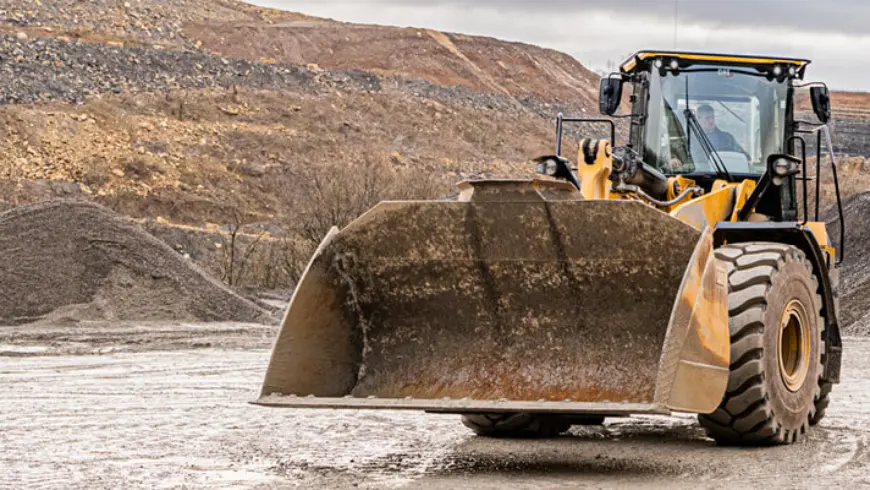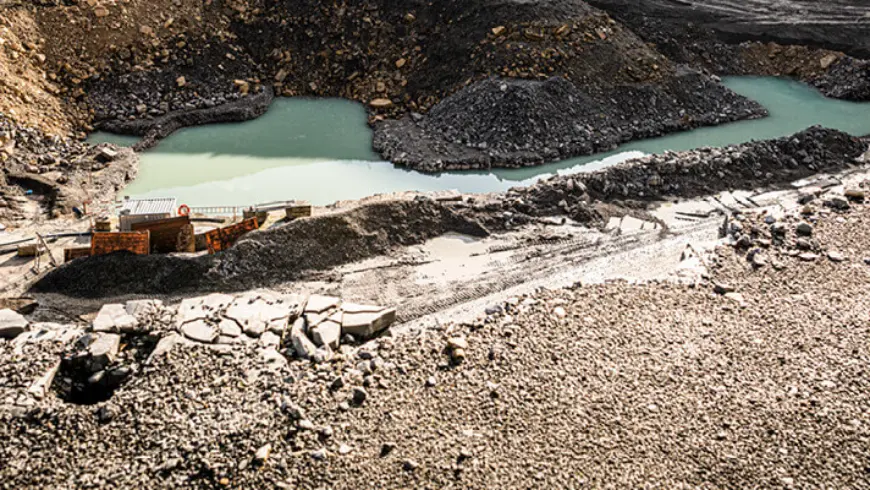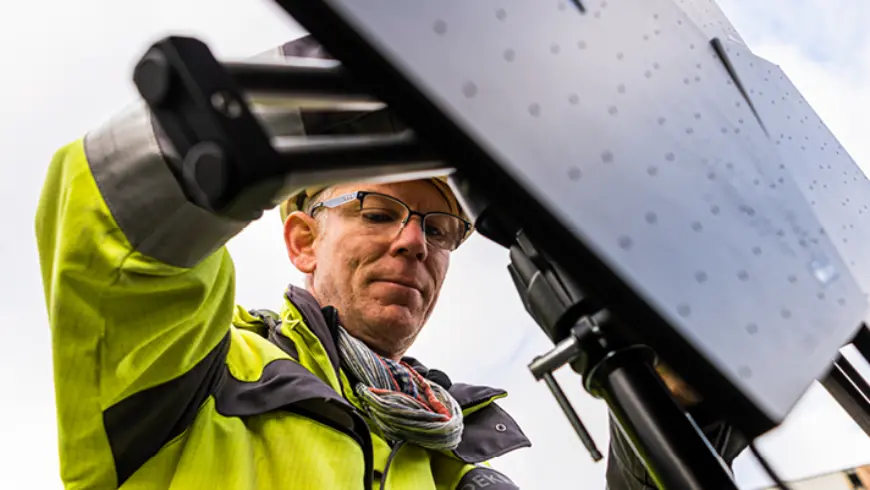On the Hunt for Noise Pollution at a Quarry
The DEKRA Noise Measurement team use an acoustic camera that not only makes sound hearable, but visible too. Their mission is to detect severe noise pollution at an early stage and to help eliminate it – or even prevent it in the first place.
Many things are a question of taste, especially when it comes to music. What is agreeable to one person is nothing but a din to someone else. From a purely physical point of view, it is nothing more than sound, i.e. vibrating air. Whether or not sound is perceived negatively as “noise” depends on the context. Loud pop music can make us feel happy and excited when we’re going on vacation, but can be extremely annoying when we are trying to complete a complex task at work, potentially with a deadline looming. Or when we are trying to fall asleep at night. The issue becomes even more difficult when the sound does not come in the form of music, but rather industrial noise.
Thresholds Have to Be Observed
Industrial plants and small workshops can produce noise that has the potential to make us sick if it is not restricted to the applicable thresholds by means of con-struction measures or time limits. These thresholds are set out in the “Technical Instructions for Noise Protection” within the German Federal Emission Protection Act (BImSchG). Jürgen Hermann and Ilja Richter from the DEKRA Noise Measurement team are here to check whether the relevant thresholds are being observed. And they have brought an acoustic camera with them.
Quarry Noise
Hermann and Richter are at a quarry belonging to construction firm Lukas Gläser in Kirchberg-Zwingelhausen. On the huge site measuring some 50 hectares, shell-bearing limestone is collected and mined by means of blasting before being crushed to make stone chippings and gravel. The material is then processed at the company, which specializes in road building. The portfolio is rounded off with an asphalt mixing plant and the sale of larger natural rocks. The blasts, the stationary facilities and buildings (grinding and crushing plants, silos, conveyor belts), the mobile equipment such as giant loaders and dump trucks, and the back-and-forth of the trucks all generate constant noise.
The quarry in its current form has a permit from the authorities and complies with all requirements, as the boss’s son, Cersten Pfisterer, explains. “But the plan is now to expand the quarry by about 5.5 hectares, and we also want to build a new gravel plant. As it will be situated on higher ground than the current plant, this will result in a change to the noise pollution for residents of the three surrounding localities of Zwingelhausen, Fürstenhof, and Großaspach.” And that is the reason why DEKRA specialists Hermann and Richter are here with their acoustic camera. They have been tasked with producing a highly accurate model of the anticipated noise pollution due to the expansion and the new gravel plant so that Lukas Gläser can plan suitable soundproofing measures.


Cutting-Edge Acoustic Camera
Specifically, the question is whether the gravel plant will be a concrete construction or whether it is sufficient to soundproof a brick building with metal sheeting. Conventional devices (e.g. sound level meters) are, however, unable to produce such detailed noise measurements as the highly innovative acoustic camera from Norsonic. 384 mini multidirectional microphones, arranged across three slightly convex black surfaces (arrays), record the noise distribution at a 180° angle. At the same time, three cameras – positioned in the center of the arrays – film the source of the noise. A software program uses the phase differences of the measurement signals between the individual microphones to calculate the sound field, which it presents over the actual image as a colored sound map in real time. As a result, the loudest sources of noise can be localized within loud environments and shown on the screen of a laptop. Just like with a thermal imaging camera, the loudest point is shown as a red dot. “If you can pinpoint the biggest ‘noise culprit’ on a site, you can often avoid noise peaks by taking relatively small measures,” explains Richter as he and his colleague Hermann set up the man-sized structure that constitutes the acoustic camera, complete with tripod and movable arrays. “It might be the rattling of a loose plate on a machine or an inconspicuous opening that causes the emission of noise from a site.”
Noise – a Sensitive Issue
The location of the acoustic camera has been carefully selected; it has an unimpeded view of the dump, where a large loader is loading gravel onto trucks. The camera is ready for use after about 20 minutes – and does its job: the noise-intensive areas, e.g. due to an engine in use or the gravel sliding off the shovel, are clearly visible on the camera’s monitor. The standard warning signal that sounds whenever the heavy building machinery goes into reverse is barely audible. Instead, the loaders and dump trucks are fitted with a “white noise” function. Junior boss Pfisterer: “We actually had complaints from residents who found the ‘beeping’ of our machinery annoying. As a result, we looked for permissible alternatives and retrofitted them. This just shows how sensitive the issue of noise is – along-side dust pollution, of course.”
“In our experience, many factors play a role when it comes to analyzing noise – such as wind direction and, as in this instance, the height of the sound source within the terrain.”
Jürgen Hermann, DEKRA Noise Measurement
Noise Problem Solved
Jürgen Hermann explains that forecasts for expected noise pollution are far from easy. “In our experience, many factors play a role when it comes to analyzing noise – such as wind direction and, as in this instance, the height of the sound source within the terrain.” Multiple measurements were required, particularly during blasting. The acoustic camera represents a surprisingly straightforward way for customers to detect noise pollution at their industrial and commercial premises, often for a fraction of the costs that would be incurred for a breach of official regulations. Or in the words of Ilja Richter: “Whenever we turn up with our camera, there is usually a noise issue.” An issue that can sometimes be resolved with sur-prisingly simple measures.
